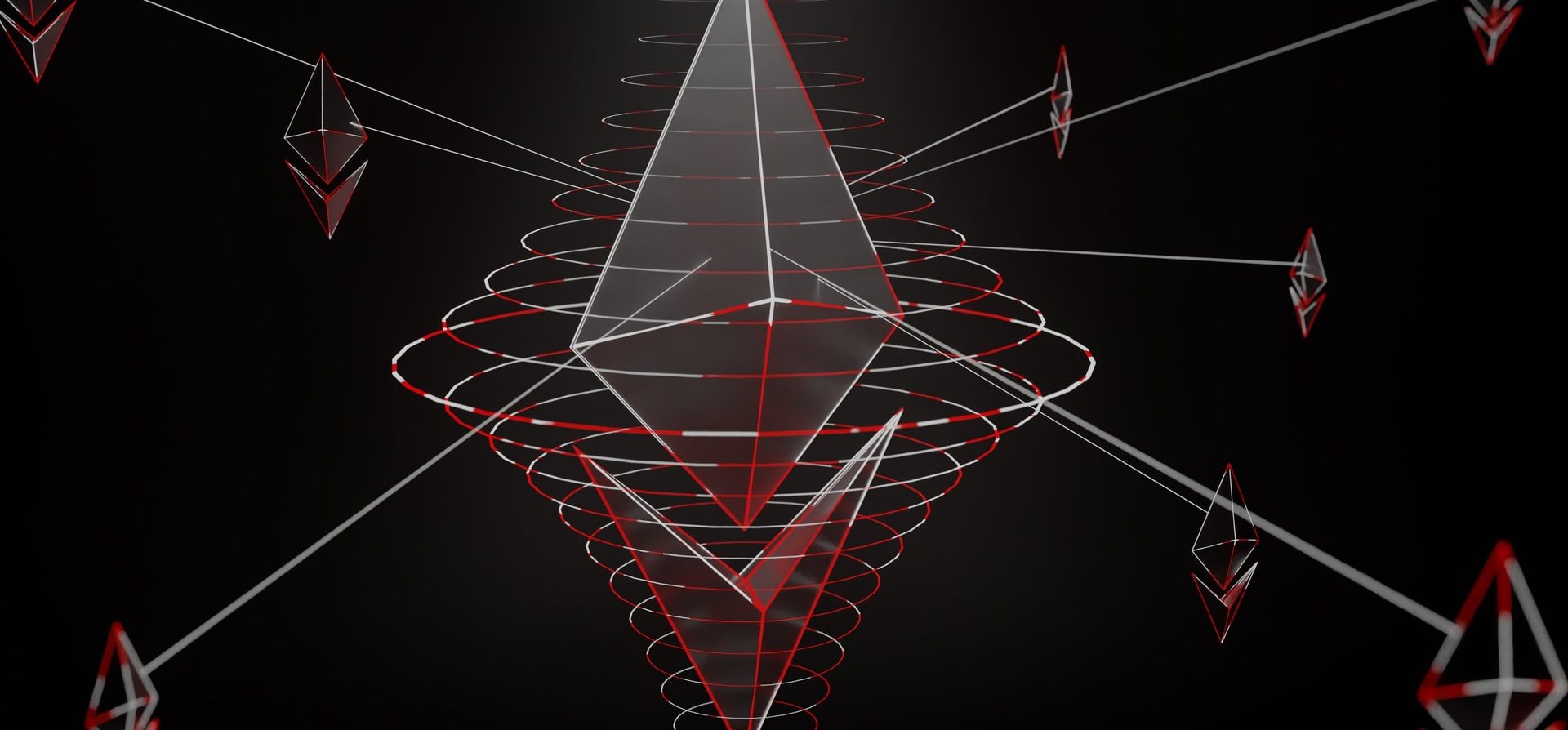What is the State of Art NFTs? Growing, evolving, and creating positive impact for the future
As both a curator at one of the world’s largest online art galleries and as the daughter of an artist, I love seeing the delight and inspiration art can bring to someone who finds a work they love. I’m also very aware of the challenges many people face in accessing art, and the struggle many artists have made a living from their creativity.
As I saw artists begin to create digital works, and begin to sell their works as NFTs, I knew this had the potential to change the art world dramatically. When news broke of Beeple’s $69 million NFT sales at renowned auction house Christie’s, I saw that the world took notice, too. What did he sell exactly? Who owns the copyright? Could this be a new way for artists to earn a living?
The world of crypto art has developed quickly — the NFT market grew ten-fold between 2018 and 2020, and only continues to rise — and provides not only new opportunities for both artists and collectors but fresh ways to think about producing and purchasing art. For those wanting to know more about the space, here’s a primer on the state of art NFTs today and what benefits they will create for the future.
The State of Art NFTs Today
As exciting as this new technology and the potential it carries with it are, the state of NFTs today is overwhelming for newcomers. Artists and collectors alike often don’t know where to begin, struggle to understand what’s “good” or worth collecting, and often find the technology so intimidating it creates a barrier to entry. In fact, one in three artists don’t know what an NFT is, and for those that do, the biggest barrier to creating one is understanding the technology, according to findings in our recent report on “Making a Living as an Artist.”
For those looking to buy artwork in the form of an NFT, there are a limited number of platforms focused on quality and curation, and some of the leading ones, like Super Rare, Foundation, and Art Blocks, feature art that prices out most buyers. On the other end of the spectrum, open marketplaces like OpenSea and Rarible allow any artist to add their work, sometimes at zero cost to create the NFT. But this can lead to oversaturation, as artists produce high volumes of lower quality works hoping to quickly cash in.
Those investigating the NFT space may also be wondering why the price tags are so high, especially for such a new technology. Scarcity has always driven up prices in the art world, as collectors are willing to pay for the value of an original — and it’s no different with an NFT. Additionally, fewer big names in the crypto art space mean higher demand and higher prices. The price of crypto has steeply increased in the past few years, so those who have been holding crypto for a while tend to be those paying top dollar for an NFT.
However, there are plenty of artists producing great works at more accessible prices — it’s just harder to find them. Ultimately, it comes back to a collector’s intentions: Are you looking for work you enjoy, that inspires, or moves you? Are you looking for a cool name behind your NFT? Are you looking to collect to be a part of a club or community? All of these options are available.
Beyond being a new asset class for collectors to consider, NFTs are also creating new ways for art lovers to engage with art digitally and virtually.
The Future of Art NFTs
Even though NFTs are a relatively new phenomenon for the art world, they have the potential to disrupt and reimagine the process of creating, purchasing, and enjoying art in ways we haven’t seen before, as well as provide new channels through which emerging artists can monetize their creativity.
Easier Access to Art
The digitization of art means that someone’s work can be distributed everywhere across the internet, opening up the possibility for anyone with an internet connection to scroll through an artist’s portfolio on their phone or to put on a VR headset to take a walk through a virtual gallery. It also means that anyone anywhere can purchase a piece of digital art, and the future of NFTs will likely lead to art collecting going more mainstream.
Greater Diversity
NFTs and the digitization of art allow for more access for both artists and collectors to get involved, opening up the ability for greater representation in, and contribution to, the art world. If digital access to art removes many of the barriers to viewing, appreciating, buying, or making art, then this could be the path to having an art world that looks more like the rest of the world, and not just representative of a select few.
Fractionalization of the Creator
NFTs offer fans the ability to directly support their favorite artists, while getting something unique in return. We’ve seen this with musicians or other creators offering unique VIP opportunities or special access to work, bypassing traditional payment methods and allowing fans to directly support the artist. They can also share in the artist’s future success through fractionalization, or having partial ownership in creators and their work through direct investment.
More Artistic Freedom
The ability for artists to connect directly with their fans and receive payment from them will create more freedom in how artists want to ruin their careers. Because blockchain technology and NFTs facilitate one-to-one payments, artists no longer need to be beholden to corporate patrons or brands who may dictate their artistic vision. While there will still be a place for curators and forward-thinking institutions to present artwork in compelling and imaginative ways to the public, artists will be freer to create what they want and know they’ll have an audience who will support them.
New Media
We can confidently say that the definition of art is no longer reserved for a canvas displayed on a wall or a sculpture on view in a museum. As new technologies continue to appear, they’ll be able to support new and novel forms of art that we have yet to even envision. Not only can art be viewed digitally on a phone or computer screen, but art will be viewed in the metaverse, or will be in the form of a wearable, or an experience — something people can participate in, and not just look at.
Art NFTs Today and Tomorrow
As we’ve seen from the vast number of NFT sales (both Crypto Punks and Bored Ape Yacht Club have each netted nearly USD 2 billion to date in sales), the ways new digital artists are contributing to the space, and the rise in collecting communities, the crypto art world is challenging what it means to make and consume art. Above all, it’s fostering a world where art is becoming more democratized for all.
Guest post by Monty Preston from Saatchi Art
As the creative director behind The Other Avatars, Monty is leading Saatchi Art’s entry into the NFT space. In addition to curating the list of artists participating in The Other Avatars, she is guiding them through the creative process to help them create high quality, unique works of art for this one-of-a-kind drop. Monty graduated summa cum laude with a B.A. in Linguistics and Spanish Culture Studies from the University of Toronto, Canada. Prior to joining Saatchi Art in 2018, she worked at female-led, industry-disrupting startups including Beauty Pie in London, where she managed content and creative, and The RealReal in San Francisco, where she specialized in luxury estate management with a focus on designer apparel and fine art. As an artist and photographer, Monty has collaborated with renowned talents in the fine art and fashion industries, providing her with the unique insight into the creative process that she brings to her curatorial practice.
CryptoSlate Newsletter
Featuring a summary of the most important daily stories in the world of crypto, DeFi, NFTs and more.
Get an edge on the cryptoasset market
Access more crypto insights and context in every article as a paid member of CryptoSlate Edge.
On-chain analysis
Price snapshots
More context
Join now for $19/month Explore all benefits




